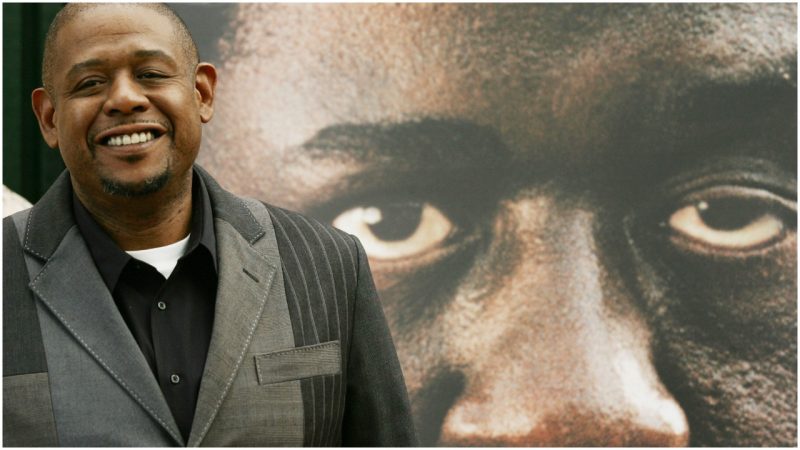“There is freedom of speech, but I cannot guarantee freedom after speech.”
On September 27, 2006, Fox Searchlight Pictures released The Last King of Scotland, a historical drama about a Scottish doctor who, in 1971, finds himself chosen as personal physician to Idi Amin–right when the tyrannical dictator, who saw himself as “the hero of Africa” and the liberator of the oppressed, seized power and became the President of Uganda.
Although it had a limited release and was shown in just a few selected theaters across the United States, the movie, based on Giles Foden’s novel of the same name and directed by Kevin Macdonald, was well received by critics and won major awards. The title comes from Amin’s official claim to be the last uncrowned King of Scotland.
By 1977, he’d also proclaimed himself “His Excellency President for Life, Field Marshal Al Hadji Doctor Idi Amin, VC, DSO, MC, Lord of All the Beasts of the Earth and Fishes of the Sea, and Conqueror of the British Empire in Africa in General and Uganda in Particular.”
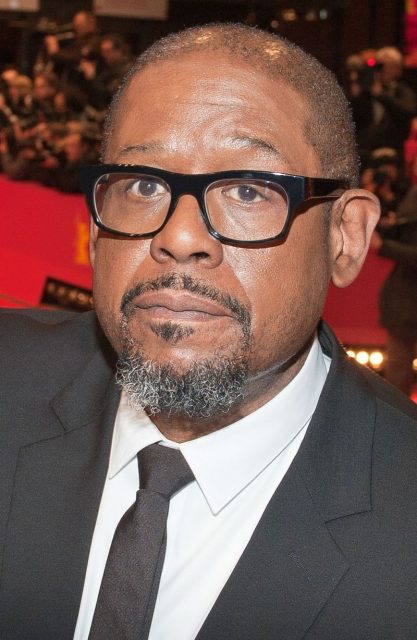
The story, as told through the eyes of the fictional character Dr. Nicholas Garrigan, played by James McAvoy, is an effective way to follow events surrounding Amin during this period of his career. As Garrigan takes in his new world as part of Amin’s inner circle, the naive doctor slowly realizes that he is part of something dangerously savage.
Portrayed on the silver screen by Forest Whitaker, who deservedly won the Academy Award for Best Actor in 2006, Idi Amin, deceased now for 15 years, wasn’t fictional by any means.
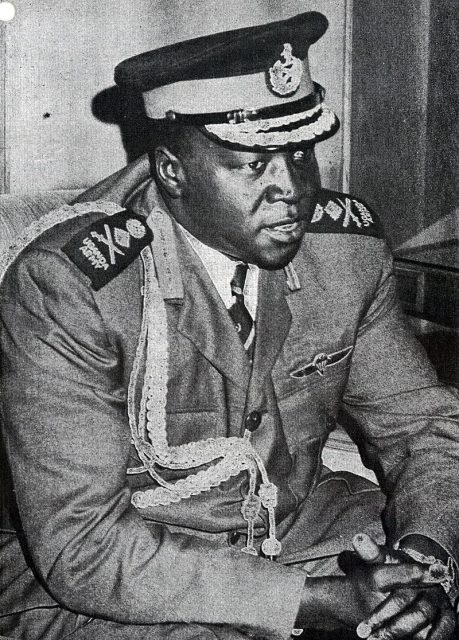
Born sometime around 1925 in Koboko, northwestern Uganda, to parents who separated soon after his birth, Idi Amin Dada had only gone through an elementary education before joining the King’s African Rifles regiment of the British Colonial Army in 1946, at the age of 21.
Starting out as an assistant cook, he quickly rose through the ranks, becoming Commander of the Army in 1965. Amin declared himself President of Uganda on January 21, 1971, after leading a military coup against the repressive governance of Milton Obote. Amin reportedly executed his takeover to avoid arrest on the orders of Obote, his former collaborator.
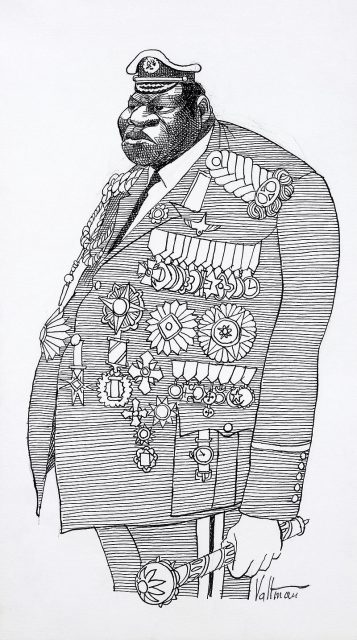
The Last King of Scotland is a fictional story, but it incorporates events that really happened in the 1970s.
Whitaker went through thick and thin to accurately play the character, to the extent that, as director Kevin Macdonald stated, the local extras during a shoot in one village in Uganda believed it was the real Idi Amin giving speeches on stage.
The “lazy left eye” six-foot-two-inch-tall Texas-born university football star-turned-opera-singer, and then actor, had brought complex characters to the big screen during his prodigious acting career.
Most notably, Officer Big Harold in Oliver Stone’s Platoon from 1986, Charlie Parker in Clint Eastwood’s 1988 jazz biopic, Bird, and the titular poetic hitman in Jim Jarmusch’s cult-classic samurai-gangster drama, Ghost Dog: The Way of the Samurai.
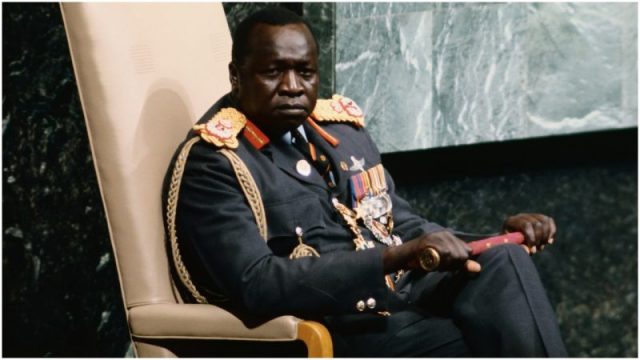
But none was quite as demanding as this one.
“I try to serve the character all the time; this one took a lot of work and was consuming,” he said about the experience during an interview with Movieweb on September 29, 2006, just two days after the movie was released.
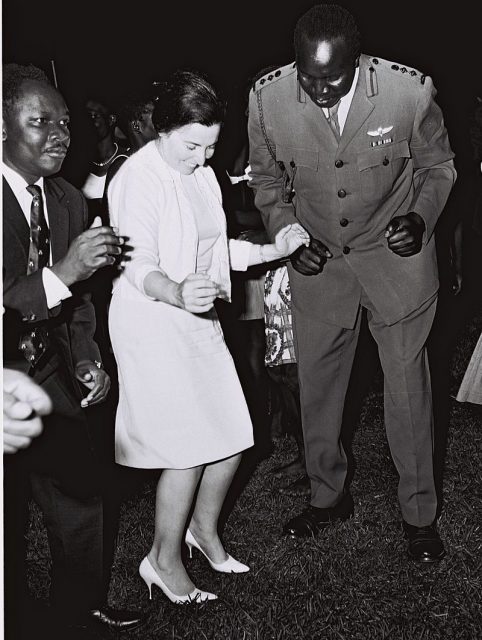
He spent months preparing for it–to get inside the Ugandan dictator’s skin–and never for a moment got out of character when he was on set.
It was an experience that required him to gain 50 pounds in weight; travel to Uganda weeks before the shooting so he could speak with his character’s relatives and former generals; and master the accordion, just as Amin was a master of it; and most importantly, to learn Swahili.
10 Deadliest Dictators In History
“I was tricking my mind into believing that Swahili is my first language, and English is my second,” he says, recalling his travels to meet Amin’s siblings and one of his generals, Moses Alis. “I met with a couple of his ministers and a girlfriend, people had little stories about him; everybody had a story.”
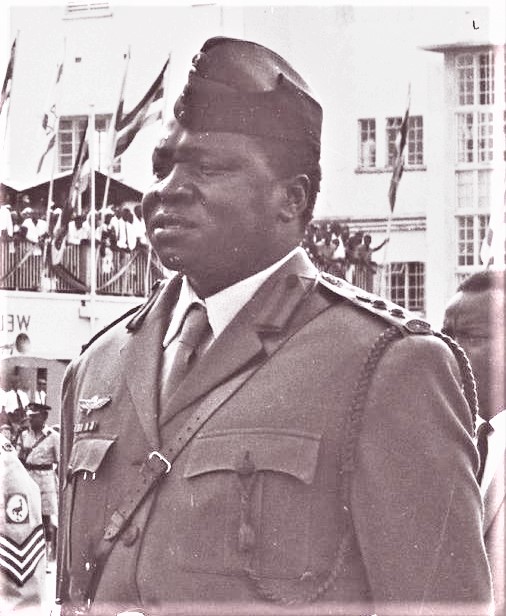
“Sometimes, when I see my work, I don’t feel comfortable,” says the actor. “But I felt alright with this and that’s unusual for me … maybe it’s because I felt I did everything I could do when I was there in Uganda to play the character. When I left, I don’t know what else I could have done. I did everything I could to give myself no excuse.”
He immersed himself deeply in the African culture. He learned their customs, their ways, their habits, their language, which by no means is an easy task to accomplish.
During one of the early scenes in the movie, Idi Amin playfully throws sparring punches with some Ugandan boys. Amin was an accomplished sportsman and became light heavyweight boxing champion of Uganda in 1951, remaining undisputed for nine years. Forest went through boxing classes to make sure he could move like a pro boxer, in addition to everything else.
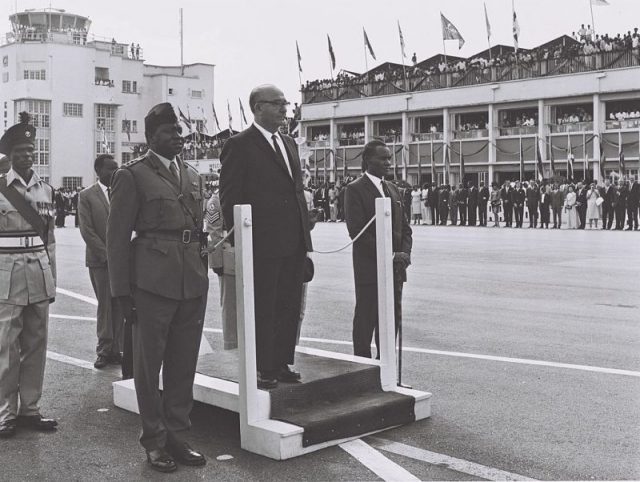
All in all, everything had to be as real as it could be. Director Kevin MacDonald insisted on it. He demanded his debut feature film be shot in Uganda, arguing, “the feeling would be difficult to capture anywhere else,” and that Kampala, the country’s capital city, with much of its 1970s architecture still intact, “was the perfect setting.”
Consequently, aside from Whitaker giving his best in preparation, the director and cinematographer went to great lengths as well, to make the movie feel authentically like the 1970s.
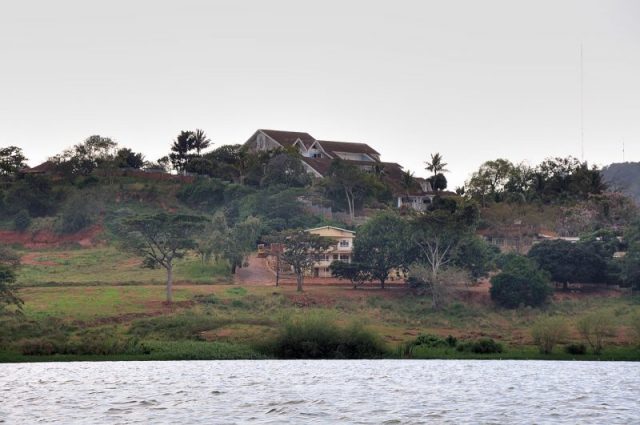
The Sheraton Hotel poolside, Obote’s UPC building, Amin’s Nile Conference Center, and the parliament entrances were utilized in some of the key scenes. “Ugandan President Yoweri Museveni was very generous and gave us carte blanche and even allowed us to film in the parliament building while parliament was in session. We also had the co-operation of the army and we were allowed to close down the main street in the city,” said the director.
Even the black Mercedes featured in the move used to be Amin’s presidential limousine.

To complete the authentic look, the filmmakers embraced the red end of the spectrum when the movie was edited and finalized in post-production, introducing a grainy flavor to make it look “vintage” and mimic a 1970s quality footage. The result was a visually stunning film, genuinely faithful to the country in question.
And nothing captures the impressive scenery and truly showcases life in an average Ugandan small town as does the first few opening shots of a bus ride through the countryside.
Forest Whitaker’s Oscar-winning performance in The Last King of Scotland is his only Academy Award to date in his career, and the movie the first major one shot in Uganda to receive worldwide attention.
